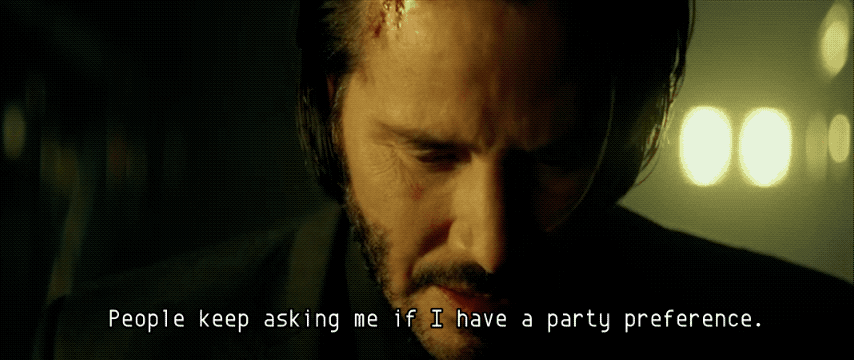Becoming a Democratic voter
This month, I did something I once thought I would never do.

My whole adult life, I have been what’s known as a “no party preference” or NPP voter. (Sometimes called “independent”, but this is ambiguous as there is a party called the American Independent Party, and they are very much not centrist or big-tent.)
Largely this has been because I don’t like political parties. And I still don’t. In theory, they’re money and resource pools for candidates to draw on; in practice, we often see them working against insurgent candidates who are proposing change. I’d much rather have campaign finance restricted to some equal share of a publicly-funded pool, with strict laws and even stricter enforcement. (Yes, I know there are risks there, too. There are no perfect solutions.)
I also have always held a somewhat idealistic openness toward third parties, largely as a result of all of the shitty things that politicians of both major parties and the parties themselves have done—some credible competition might help keep them honest.
But now?

On top of the significant difference between the two major parties these days, there is also some realpolitik involved.
For one, I’ve accepted the fact that as long as we have a first-past-the-post voting system, our elections will always tend toward two polar parties, with all the other parties and all the candidates and voters arrayed around them like iron filings around a bar magnet. Ranked-choice voting is a prerequisite (but not the only step by any means) to dismantling the two-party binary. And until we get there, power resides with the two major parties and power must be won and wielded to make change.
But more immediately, the current election in California, which started this month and ends March 3rd, is not only a primary—it’s also used by various Democratic Central Committees (county party organizations, basically) to elect their board members.
As a NPP voter, the Democratic Party in California would let me vote in their Presidential primary—this is called requesting a crossover ballot, and it’s done through the same form through which you request a vote-by-mail ballot. You then get a ballot for NPP voters that includes the Democratic Presidential primary.
But a NPP voter cannot vote in their county’s DCCC election. That’s for registered Democrats only.
So that’s what pushed me over the edge. In San Francisco, we have two roughly-defined slates of candidates running, one formed of current and former elected officials looking to transition from holding power in state or City government to holding power in the county Party, and the other a slate of activists who want the Party to drive progressive change.
One of those Democratic Parties sounds a lot better to me—and I want to cast my vote accordingly.
As I mentioned, the election has already begun—I had already received my crossover ballot when I made the decision. I emailed the SF Department of Elections and got confirmation that once I re-register (and check the box to receive mail-in ballots, same as I did last time), a new ballot would automatically be sent to me. So I did the thing, got my new ballot, and will discard my crossover ballot.
(If you want to do this, the deadline to register and get a Democratic mail-in ballot was February 18 here in California, but you can do Conditional Voter Registration at any polling place/voting center in your county. If you’re in another state, check with your Secretary of State or county Department of Elections.)